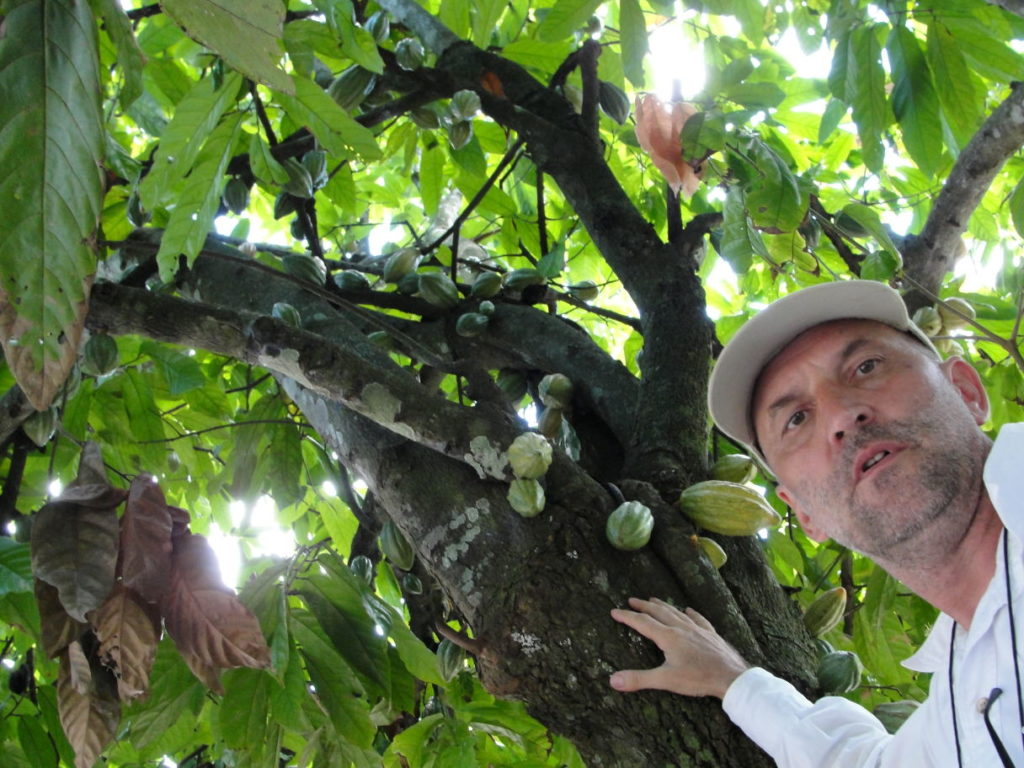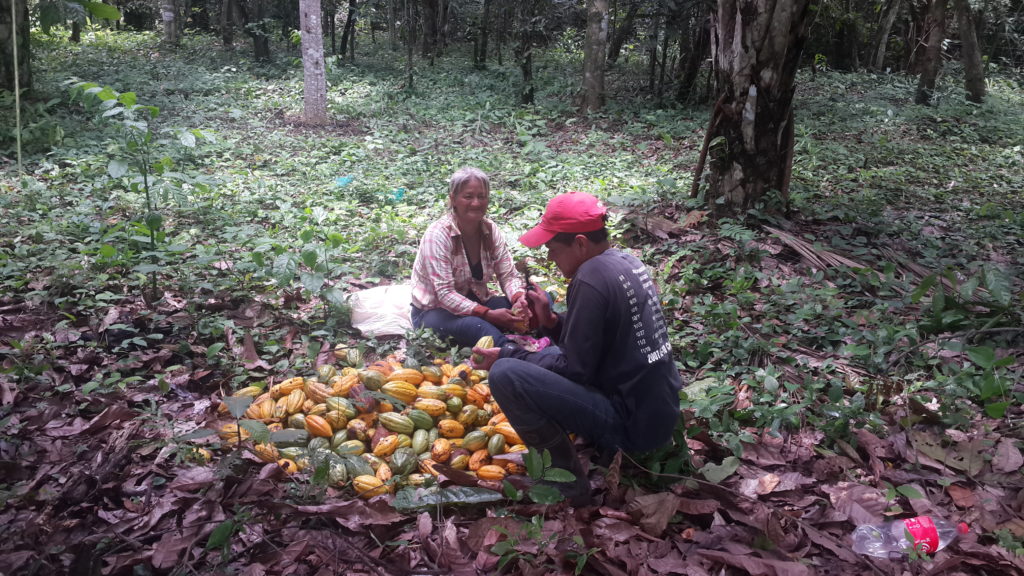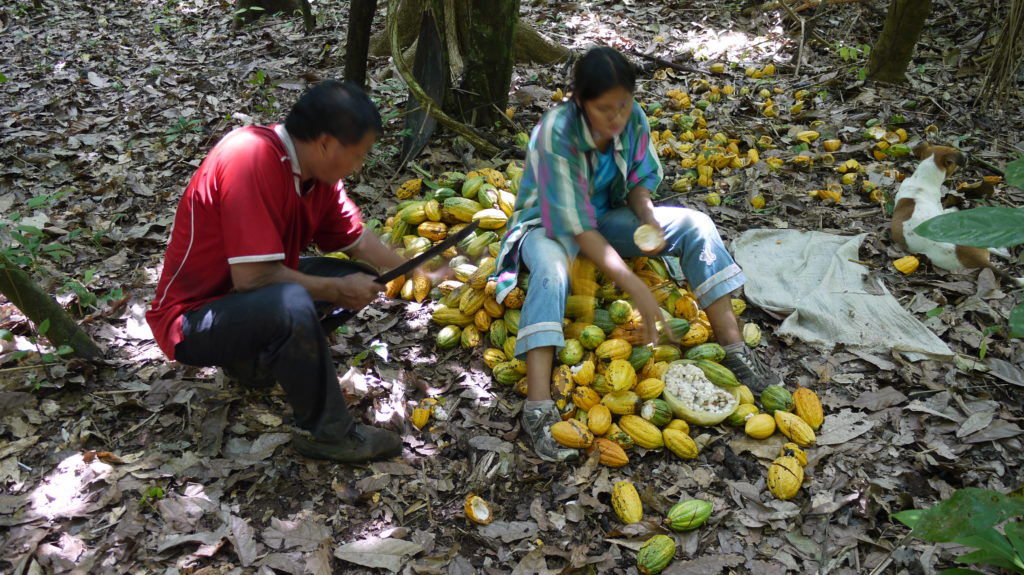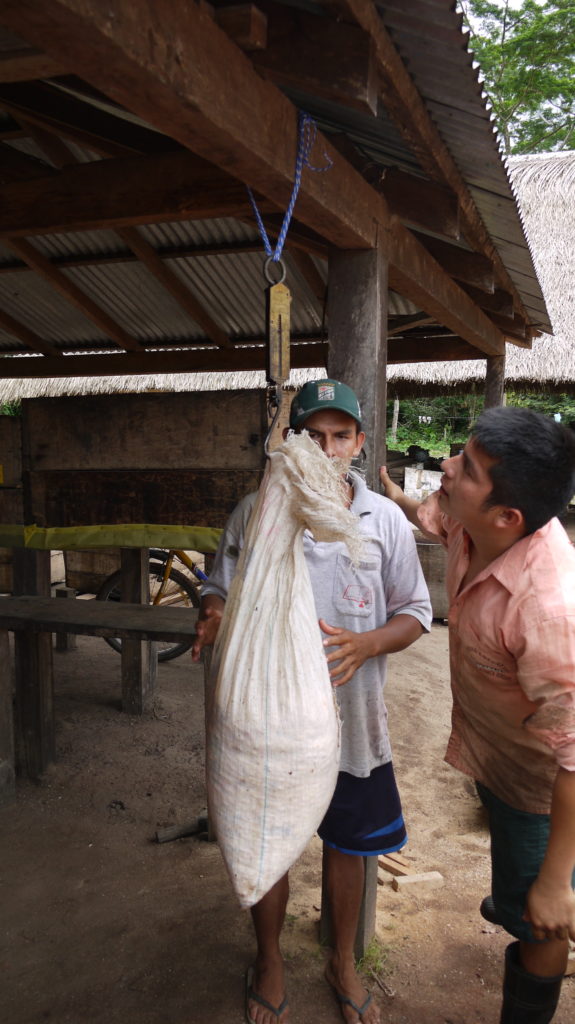At a Glance
- Population: 11.4 million
- Capital: Sucre / La Paz Rural
- Population: 30.58%
- Average age: 25,6 years
- Cocoa production: 1,700 tons / year
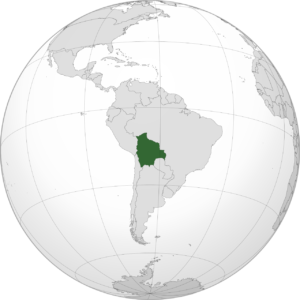
Photo credit: Wikimedia
History of Cocoa in Bolivia
Bolivian native cocoa is an endemic variety that belongs to the ancient cocoa family of Amazonia. The Jesuits introduced the Bolivian bean to Spain in the 18th century, where it was used in commercial chocolate-making for the first time. The cocoa was praised for its reduced bitterness and acidity.
Before 1960, cocoa production in Bolivia did not receive much support from the government, and as a result, cocoa was not prioritized by local farms. However, this changed when the Bolivian government offered its support in an attempt to alleviate poverty in Alto Beni, encouraging cocoa production in local farms, leading to introducing new international varieties and hybrids.
The industry has been changing since 2019 with the establishment of a national cocoa program. Despite relatively limited production, Bolivia has around 15 micro and small chocolate factories for domestic production. The country imports beans or derivatives of cocoa of lower quality for consumption within the country — as much as three times the amount produced for export in the form of grains and derivatives.
Source: Motamayor et al.
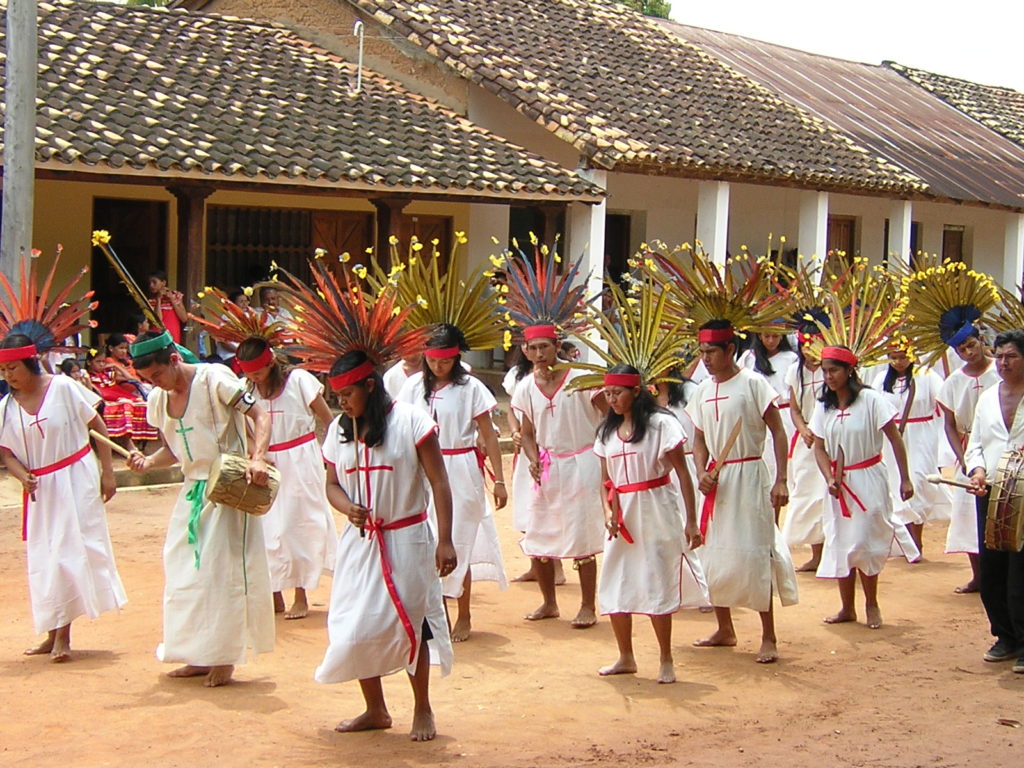
Flavor Attributes
The flavor characteristics of Bolivian Cocoa are due to
two main factors: genotype and geography (altitude, climate, and soil). Indigenous to the alluvial lowlands, (200 to 170 masl) surrounding the regions of Beni, Mamore, and Iténez, the Beniano cocoa bean grows as part of the local vegetation.
The typical flavor profiles are characterized by tastes of fresh citrus, ripe fruit, fig, and caramel, accompanied by deep aftertastes of varying flavors.
The Trinitarian bean and its hybrids have two production locations, the Alto Beni region with mountainous hillside soils (500 – 700 masl), and the Chapare region which has alluvial soils (300 – 500 masl).
From 2005 to 2010 the variety CCN51 was also introduced in both regions. It can be identified by flavors of fresh fruits, floral notes, wood, and tobacco complemented by a deep chocolate flavor.
Source: Cocoa Research Centre

International Awards and Geographical Indications
Alto Beni hybrid cocoa was introduced to the organic market internationally in the 90s as the
first cocoa in the world to be certified organic certification and fair market traded (coop EL CEIBO).
In 2004 the company REPSA opened the Beniano Cocoa to international markets, introducing the bean to Swiss companies such us Gran Cru quality and First Amazonian Wild Chocolate. This helped solidify Beniano Cocoa’s reputation as one of the best and rarest cocoas in the world.
In 2009 the Beniano cacao earned three out of five categories in the Bolivia Compitio:
- Floral – Alto Beni / La Paz
- Spices – Alto Beni / La Paz
- Wood / Tobacco – Chapare / Cochabamba
Since 2010 native Beniano cocoa has been mentioned several times as among the top 50 in the world.
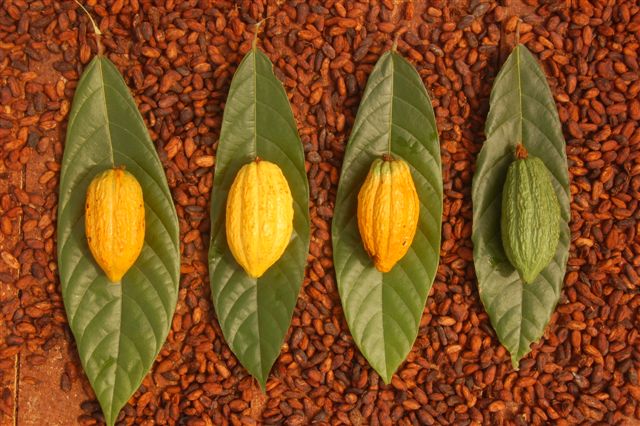
Heirloom Cacao Foundation Designations in Bolivia
Farming Systems
Agroforestry management practices and technologies were adopted in Alto Beni in the 1990s, mostly in small plots of land. Production is well organized. Farmers are equipped with management tools and apply the best post-harvest practices. The plots are small — between 0.5 to 30 hectares with 1 hectare worked by around 5,000 producers. The yield is relatively small, from 150 to 600 KG per hectare resulting in 1,200 tons / year.
Phytosanitary methods such as pruning and the application of copper sulfate are applied to combat diseases such as witch’s broom and monilla. Many plantations are old, poorly managed and without irrigation systems, which makes containing and preventing disease challenging.
The level of production and technology is on the lower side. In the wild cocoa forest of the Beni region, the Beniano cocoa trees are scattered across large areas, sometimes only attainable by river. It is estimated that thousands of cocoa trees remain unharvested.
In some remote locations, the region’s natives harvested beans before the arrival of the Spanish conquistadors. The bean weren’t used for chocolate, but instead to produce chicha (juice ferment).
Marketing
Given the complexity of Bolivian geography and climate, cocoa can be harvested only once a year. As such, meeting very high demand can prove challenging, making the Bolivian bean the most expensive cocoa in South America, if not the world.
Contacts in Country

Volker Lehmann
E mail: tropcon57@gmail.com

